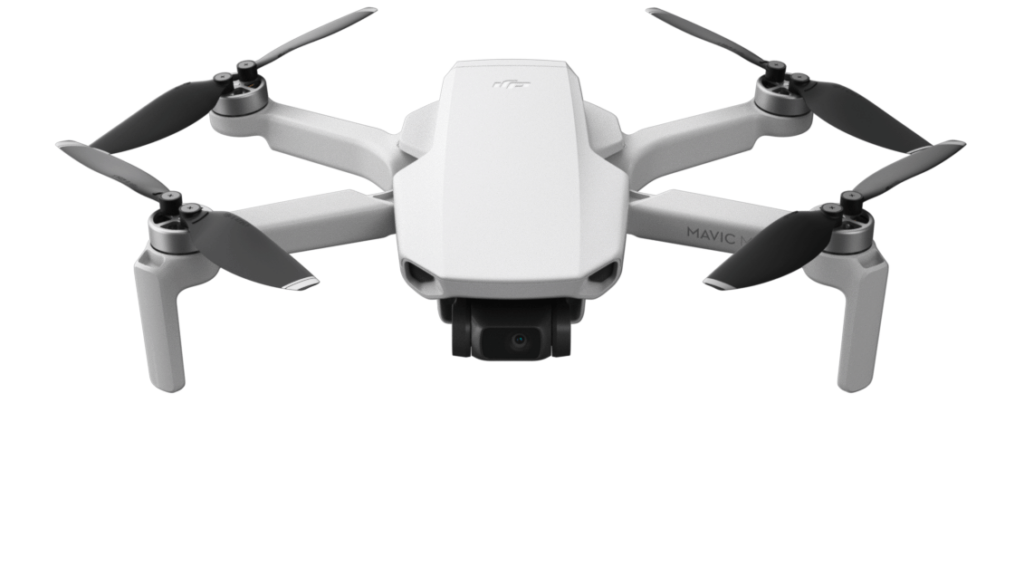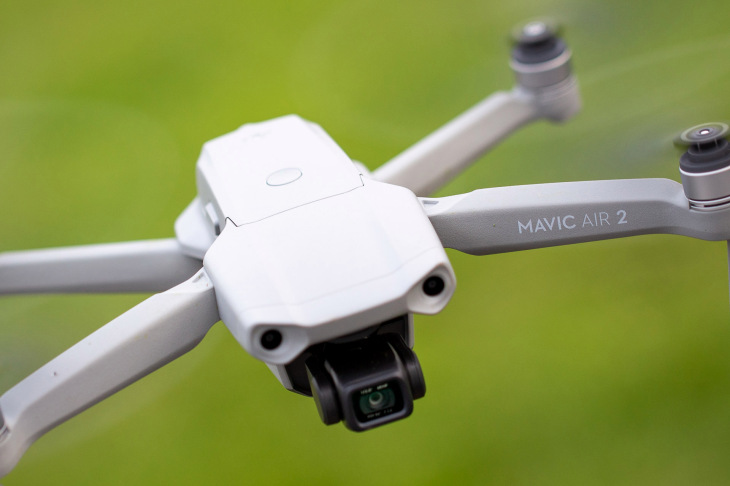Why should we all know about nanotechnology, as the title of this article, argues?
Because if the nano-enthusiasts are right, all of our lives will change!
In fact, in numerous sectors of our society, there is significant change in the lives of many.
How can something we can’t see or feel make such a difference in the lives of mankind?
The application of nanotechnology is already taking place in consumer products, medical treatment, the food industry, etc.
Nano-advocates argue that nanotechnology will revolutionize the way we live, work and communicate.
Nanotechnology Defined & Described
Nanotechnology is science, engineering, and technology conducted at the nanoscale, which is at about 1 to 100 nanometers.
Physicist Richard Feynman, the Father of Nanotechnology, gives this definition:
“Nanoscience and nanotechnology are the study and application of extremely small things and can be used across all the other science fields, such as chemistry, biology, physics, materials science, and engineering.”
Nano comes from the Greek word for dwarf. The prefix, “nano” means a factor of one billionth (1,000,000,000) in the metric system and can be applied to time (nanosecond), volume (nanoliter), weight (nanogram) or length (nanometer or nm). In its popular use, nano refers to length, and the nanoscale usually refers to a length from the atomic level of around 0.1 nm up to 100 nm.
The ideas and concepts behind nanoscience and nanotechnology started with a talk entitled, “There’s Plenty of Room at the Bottom” by physicist Richard Feynman at an American Physical Society meeting at the California Institute of Technology (CalTech) in 1959. In his talk, Feynman described a process by which scientists would be able to manipulate and control individual atoms and molecules.
Over a decade later, Professor Norio Taniguchi coined the term “nanotechnology.” It wasn’t until 1981, with the development of the scanning tunneling microscope that could “see” individual atoms, that modern nanotechnology began.
Fundamental Concepts in Nanoscience and Nanotechnology
It’s hard to imagine just how small nanotechnology is. One nanometer is a billionth of a meter, or 10-9 of a meter.
Here are a few examples:
- There are 25,400,000 nanometers in an inch
- A sheet of newspaper is about 100,000 nanometers thick
- On a comparative scale, if a marble were a nanometer, then one meter would be the size of the Earth
Nanoscience and nanotechnology involve the ability to see and to control individual atoms and molecules. Everything on earth is made up of atoms, which are impossible to see with the naked eye or microscopes until just 30 years ago.
Once scientists had the right tools, the age of nanotechnology was born and today’s scientists and engineers are finding a wide variety of ways to make materials at the nanoscale, which means materials at higher strength, lighter weight, increased control of light spectrum, and greater chemical reactivity than their larger-scale counterparts.
The scientific field of nanotechnology is still evolving since there still is not one definition that all scientists and engineers agrees on. What is known is that nano deals with matter on a very small scale. Although they are larger than atoms, they are smaller than a piece of hair. In fact, it is possible to fit about 80,000 nanometers in the width of a single human hair. What else is known is that matter at the nano scale can behave differently than bulk matter. In other words, matter at the nano scale is not just much smaller, but also different. The size actually changes how such matter functions.
Nanotechnology involves certain activities, such as imaging, measuring, modeling, and manipulating matter at the nano length scale.
Many fields of endeavor contribute to nanotechnology, including molecular physics, material science, chemistry, biology, computer science, electrical engineering, and mechanical engineering.
The following are 10 recent advances that could be on the market in the near future:
1. Nanotech Meets Contact Lenses and Virtual Reality
2. Dragonfly-Inspired Black Silicon Fights Off Bacteria
3. Tiny 3-D Printed Batteries
4. Nanotech Detector for Heart Attacks
5. Delivering cancer-killing therapies.
6. Creating Biodegradable Electrodes
7. Superflexible Chips that Can Encircle a Strand of Hair
8. Evolutionizing Eye Surgery
9. Creating Biodegradable Electrodes
10. Superflexible Chips that Can Encircle a Strand of Hair
Land robots and flying robots, whether larger or smaller size, and especially micro and nano robots/drones, provide the ideal delivery system since so much of nanotechnology is, by definition, tiny. This does not mean that the delivery system in each case is tiny as well, but in many situations it is essential.
Future
Products based on nanotechnology are already in use and analysts expect markets to grow by hundreds of billions of dollars/euros during this decade.



